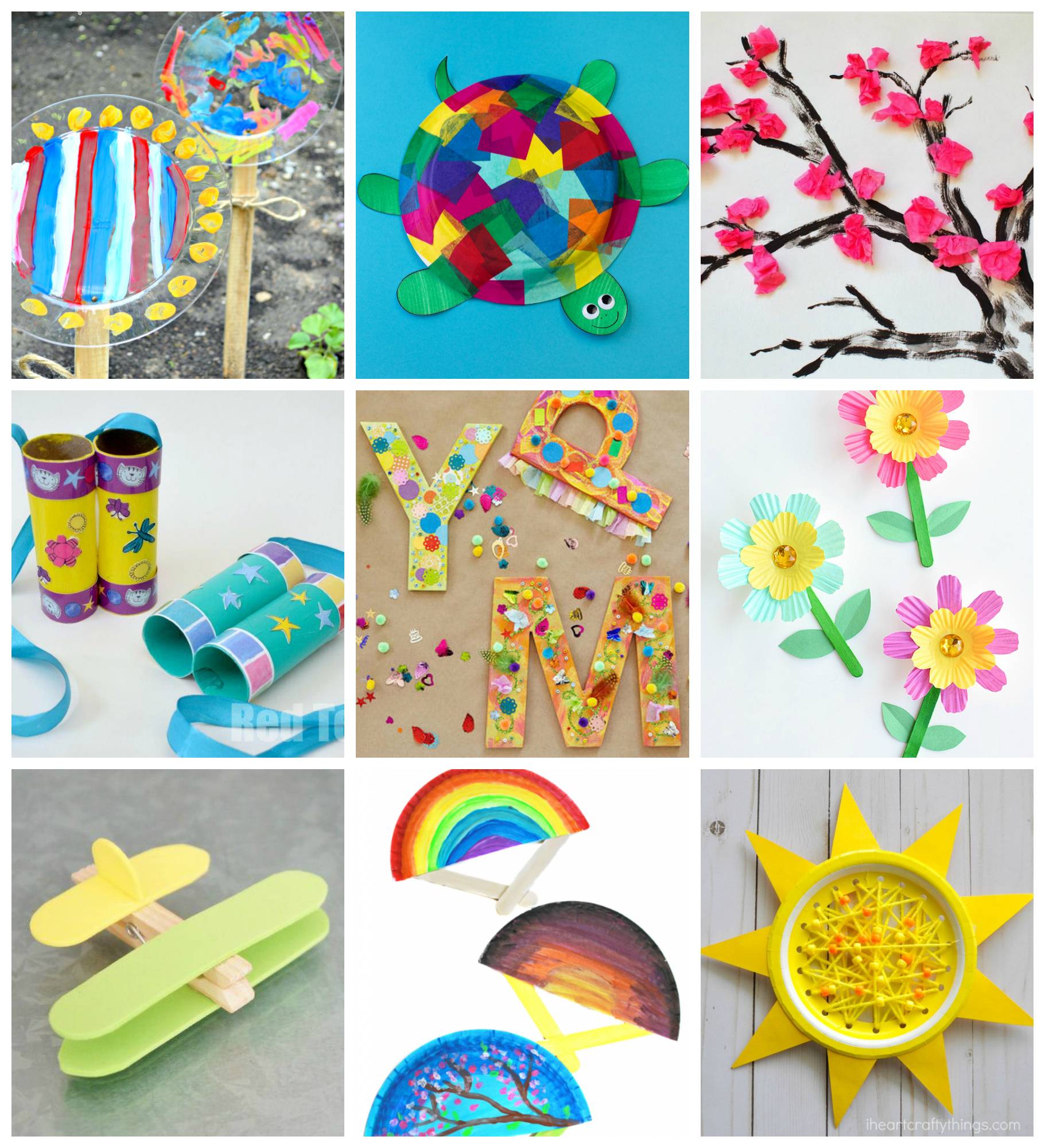
One of the most common questions about knitting is how to cast off. There are many methods to accomplish this, including the I bind off and the Picot. If you're new to knitting, it can be confusing. These are some helpful tips for casting off your knitting. You can also refer to our guide for the Picot bound off. We'll be discussing the pros and cons of each type.
I-cord
There are many ways to cast off your knitting. You can either start with a standard knit or an icord. Make an i-cord by knitting 3 stitches on a double pointed needle. Then slide them to your right. To complete a standard i-cord, you should knit two standard knit stitches, then CO all 3 stitches. You can also use an "i-cord" to bind off your knitting.
A double-point needle allows you to work more efficiently than a circular one. When using this technique, a small needle will be preferred. But the edge may stretch more. If you're using a double point needle, be sure to use it from the inside. Similarly, a circular needle can be used for an I-cord.

Picot
To cast off a knitted piece, you need to leave a tail of yarn about six inches long. Now, you should draw this tail through the last stitch you knit. You can secure the tail by tightening it. You can weave the tail into your work. You can now start a new project once the end of your knitting has been secured. Lrnkey provides a free knitting lesson that will help you learn how to castoff knitting.
When you're ready to cast off your knitting project, pull your first stitch over the second stitch. Don't pull too hard as the stitches might curl. The third stitch will end with a small tail. You can continue this step as many times you need to ensure that all of the loose stitches have been removed. You can also use picots to make a decorative edge to your knitted item. These are easy to make, but they do require practice.
I-cord bindoff
A I-cord bindoff is one way to make your knitting edges look better. This involves knitting two pieces of yarn together, then picking up one stitch from the main piece to work it through all the rest. You then cut the yarn, pass it through the last stitches, and leave a horizontal cable along the cast-off edge. This method produces a stronger edge, even though it is slower than the standard.
A single long tail cast on is another method to I-cord binding. This allows you to make the desired number and length of i-cord edging stitches while still leaving a tail. First, cast on the desired number of stitches you wish to create an i-cord edging. Then, slip those stitches purlwise to create a loop.

Picot bind off
Consider using a picot edge when knitting. This is a simple knitting technique that doesn't require complicated math or pattern-reading. This edging can be used on any number of stitches, even and odd. The picots will have an easier look than a regular binding. You will be able to finish your project quicker with this method. Picots are a good choice for edging blanket edges, toe-up socks and wrist warmers.
First, create the first stitch of the knitting. Next, insert your right needle between the second and first stitches on the left side. Then, slip the yarn onto the right-hand needle and pull the yarn through its loop. There should be two stitches remaining on the right side of your needle. You can now complete the picot Bind Off by passing the remaining stitches over to the right needle after you have completed knitting the entire pattern. It doesn't matter if each stitch is the same size.
FAQ
What are observation hobbies?
Observation hobbies allow you to observe others doing the same thing. This could be watching sports, reading books or going on holiday. It could also involve observing others.
Observation hobbies are great because they help you learn how to think creatively. You can use this knowledge later when you're working on projects for yourself or others.
You will discover that learning is easier when you are interested.
You might watch or read about football to learn more. If you want to learn more about photography, you could take or visit exhibitions.
You could also buy a guitar or play along online to music if you are a musician.
You could also choose to cook at home or go to restaurants if you are a good cook.
You could also grow flowers or vegetables if you enjoy gardening.
If you are a fan of dancing, you can join a class or go out with your friends to learn.
You could also paint pictures if you are a fan of painting.
If you like writing, you could write stories or poems.
You might enjoy drawing pictures, if you are a good artist.
If you love animals, you could look after pets or work at a zoo.
If you like science, you could study biology, chemistry, physics or maths.
History is something you might enjoy if you read books, watch movies, or listen to podcasts.
If you enjoy traveling, you can travel around the world or just explore your own area.
How do I find a hobby that interests me?
When you first start your journey into finding a hobby, you may feel like you've got nothing to choose from.
You might think, "I'm not very talented," "I struggle at sports," "I don't really know anything."
The truth is that you likely already have a lot experience in your chosen hobby.
It's just that you haven't realized it yet.
Have a look at your home. How much stuff do you own?
Do you still have toys?
Perhaps you own a collection or magazines.
Perhaps cooking has been something you've wanted to do all your life.
Or perhaps you would just like to learn how to play the guitar again.
It doesn't matter what it is, you can probably turn it into a hobby.
Realize that you have many experiences already.
And once you do, you'll be able to pick out a hobby that fits right into your lifestyle.
Is it possible to become rich from a hobby?
Not necessarily.
However, if you're interested in creating a business based on your hobby, then you could definitely end up being wealthy.
Let's take, for example, that you love cooking. You enjoy healthy food so you opened a restaurant.
You only serve organic, homemade meals and you charge a small amount to customers to cover labor costs.
Over time, you grow your clientele and eventually hire employees who work alongside you.
You may eventually add vegan dishes and gluten-free options to your menu.
In this situation, you have a successful business which has allowed you the freedom to lead the lifestyle that you want.
Of course, this doesn't mean you must give up your day job.
You could, instead, run your restaurant while also maintaining your regular 9-5 work schedule.
Why do we need hobbies?
Hobbies are a vital part of our lives as they allow us to unwind, relax, think creatively and exercise. They also give us the opportunity to socialize, network, and have fun. These hobbies offer us the opportunity to learn new skills, develop valuable lifelong interests, and provide opportunities for us to do both.
Hobbies are a way to find meaning and purpose.
They are great for spending your free time when there's not much else.
They are also very entertaining!
If you don't find time for hobbies, it's likely that you don't have enough time for any other activities.
Take a look at the many options that are available to you. Perhaps you should get a hobby started today if you don’t already have one.
Statistics
- The Role of the Mind in Sex, Dating, and Love: Men in the “humor” condition received phone numbers from 42.9% of the female participants and were refused 57.1% of the time. (time.com)
- Much of this decline reflects the fact that teens are less likely to work today than in the past; among employed teens, the amount of time spent working is not much different now than it was around 2005. (pewresearch.org)
- I am 100% biologically a woman (discover.hubpages.com)
- The intensity of the dialogue partners' bond at the end of the forty-five-minute vulnerability interaction was rated as closer than the closest relationship in the lives of 30 percent of similar students. (time.com)
- Studies show that just six minutes of reading can reduce stress levels by 60 percent. (oberlo.com)
External Links
How To
How to start gardening
Gardening is one of the oldest forms of agriculture. It requires persistence, patience, and determination. It is important to choose the right location for your garden. You could choose to plant food on a large parcel of land, or in your own backyard. Next, choose what kind of plants you would like to grow. Do you prefer vegetables or flowers? Some people like to grow herbs and others enjoy raising livestock, such as rabbits. Before you decide what crops to plant, you should think about how much space is available. If you live in a region that experiences cold winters then it is possible to grow fruits and berries.
After choosing what you want to plant you need to prepare your soil. How your plants perform is dependent on how well the soil you use. The soil should be rich in organic matter to provide nutrients for your plants' roots. Organic matter includes things like leaves, twigs, grass clippings, manure, and compost. You need nutrients to your soil after you have prepared it. You might need different amounts, depending on the species of plants that you want to grow. An online fertilizer calculator can help you calculate these values. Many fertilizers are on offer, so make sure that you know which one you are buying.
After you have prepared your soil, and added the correct nutrients, you will need to wait until your seed germinates. The process typically takes 2 to 3 weeks depending on the weather conditions and temperature in your area. Once your seeds are sprouted, you must water them regularly. Overwatering your plants can lead to problems. Overwatering can cause problems. Overwatering can lead to root rot and fungal diseases. Remember that plants need less water in the summer than they do in the winter. Some plants must be dried out after being watered. For example tomatoes should be kept slightly moist and not wet. They are not happy to be in soggy soil. After the flowers have stopped, they must go into dormancy. Dormancy occurs when plants stop producing any new growth and start to store energy for the next harvest. Dormancy occurs when the plant stops sending signals that tell its roots to produce food. Throughout this time, plants can store energy. Plants will soon die if they are exposed to too much or too cold temperatures.
You may be limited in what plants you can grow if you live in an urban area. Concrete sidewalks, roads or parking lots can block sunlight from reaching urban areas. Concrete absorbs sunlight and blocks the soil below from receiving adequate sun exposure. Because of this lack of sunlight, many plants cannot survive in cities. Many plants can still thrive in urban settings. Many trees, shrubs, and perennials can adapt to city living. Many annuals can also grow indoors in pots. You can bring greenery inside your home all year round, regardless of the weather.
Now that you have decided where to place your garden, chosen what you will grow, and prepared your soil, you are ready to plant!